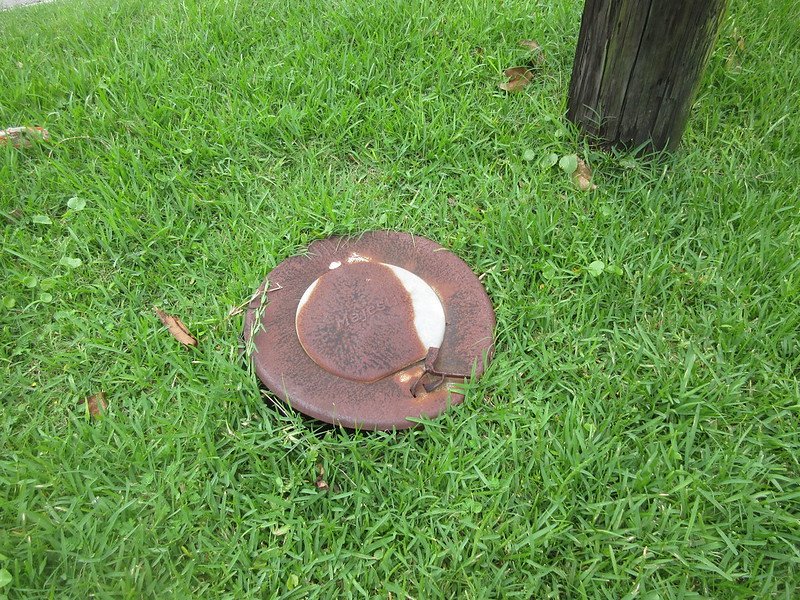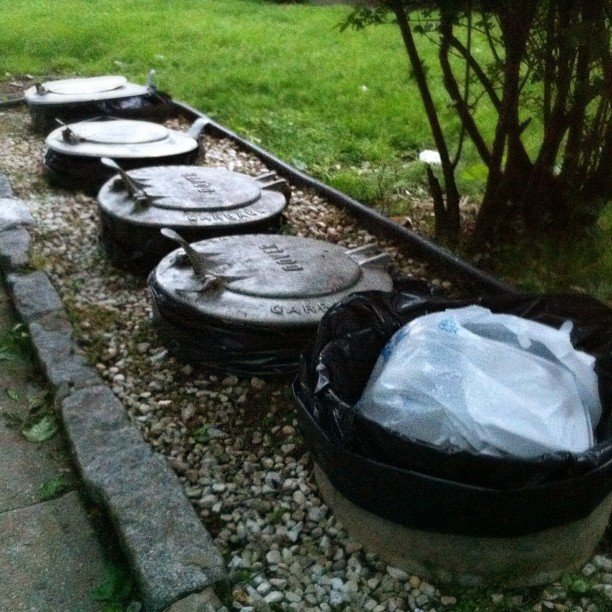Summer nights once brought communities together, and a humble, yet practical, invention played a significant role in fostering that sense of togetherness. Before modern waste disposal services, the ground garbage pail was a staple in many yards, serving as a gathering point for neighbors to chat and share laughs while taking care of a necessary task.
These cylindrical, galvanized steel pails were partially buried to minimize odors and keep animals at bay. A tight-fitting lid protected the contents from the elements, and the design reflected a practical era where living off the land was a necessity.

The ground garbage pail represents a time when community effort and practicality defined daily life. Neighbors worked together to maintain cleanliness, fostering unity and a sense of shared responsibility. This early approach to waste management demonstrated a basic understanding of environmental preservation, sorting waste to minimize pollution.
Looking back, it’s fascinating to see how previous generations approached simple tasks like waste disposal. Memories of these improvements highlight the progress made in accessibility and cleanliness, prompting reflection on the current state of the environment.

Today, the ground garbage pail is more than just a relic of the past; it’s a symbol of mid-20th-century culture, representing creativity and community. As we strive for modern waste management solutions, this piece of history reminds us of the importance of basic principles and community collaboration in solving problems.
The ground garbage pail may be a thing of the past, but its legacy lives on, serving as a reminder of the power of community and the importance of responsible waste management. Its story encourages us to appreciate the simple, yet effective, solutions of yesterday while inspiring us to innovate for a better tomorrow.


